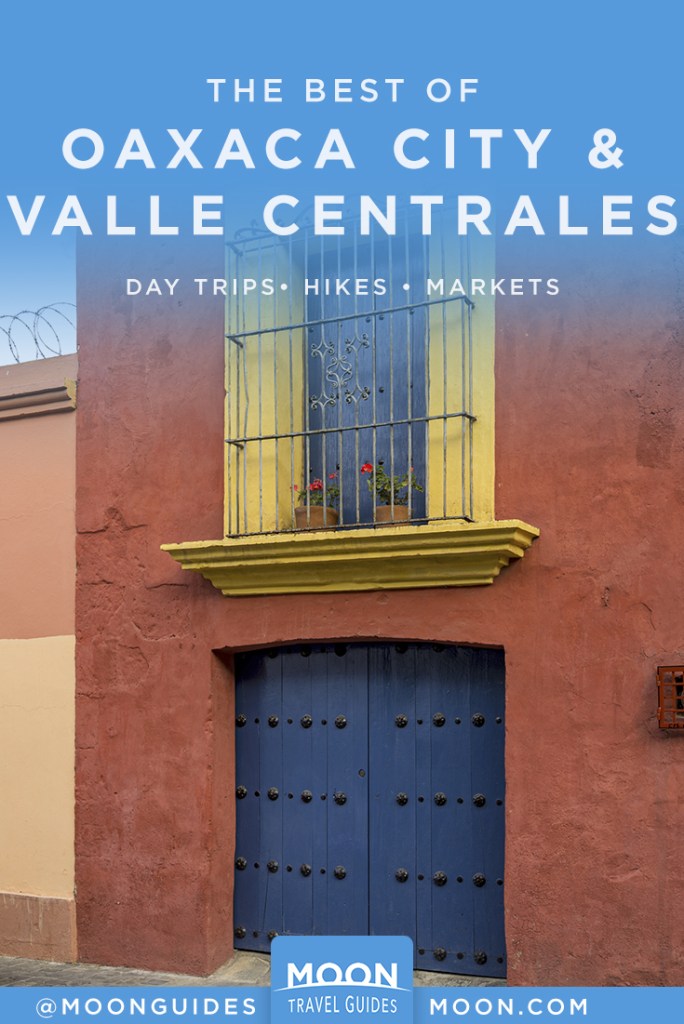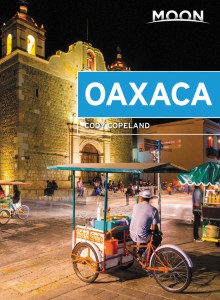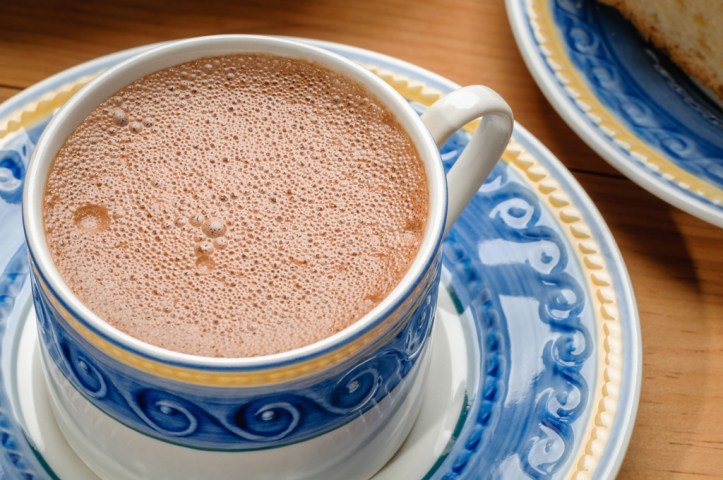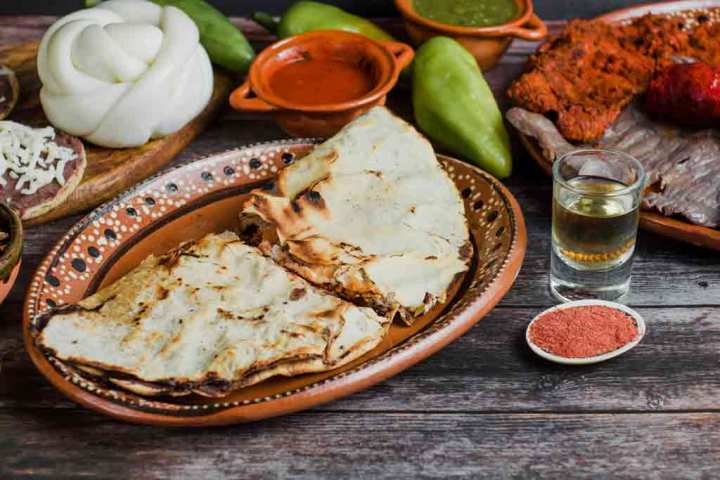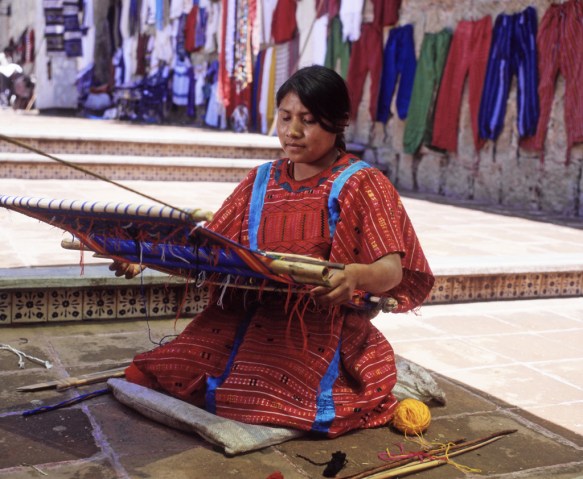The Best of Oaxaca City & the Valle Centrales
To get the best overall experience of the cultural and gastronomic wonders of Oaxaca, head to the capital city. The energetic capital city teems with bustling markets, art galleries, hip cafés and bars, and excellent restaurants. Check out this best of Oaxaca City 4-day itinerary and the many day trips you can take from Oaxaca City to the Valle Centrales to explore its ancient ruins and artisanal villages.

Day 1
Start at the Zócalo, which gets lively early. It’s a great spot to post up and people-watch for a while, as well as to orient yourself, as this is the geographical center of town. From here head southwest and squeeze through the busy aisles of Mercado Benito Juárez and Mercado 20 de Noviembre, the main gastronomical market that has the best food in town. Eat mole here. Stick around here for a while, perusing the chocolate stores on Calle Mina to find the flavor you like. Stop by the Mercado de Artesanías before heading up to the Plaza de la Danza and enjoy artisanal ice cream as you watch the sun set behind the magnificent baroque facade of the Basílica de Nuestra Señora de la Soledad.
Day 2
Grab a coffee at Café Brújula and take a stroll up the Andador Macedonio Alcalá, checking out the Museo de Arte Contemporáneo; Galería Omar Hernández, a ceramics gallery; and IAGO, the Graphic Arts Institute of Oaxaca. Don’t miss the printmaking shops, like Gabinete Gráfico and Espacio Zapata. If you’re really into lithography and other printmaking methods, pick up a Pasaporte Gráfico, a map and brochure provided by 12 shops in the Centro. Visit them all and you’ll get a discount. Grab your meals at places like Azucena Zapoteca and Tierra del Sol.

Day 3
Spend a few hours in the museum at the Centro Cultural Santo Domingo, which boasts a superlative collection of ceramic, turquoise, and gold artifacts discovered at Monte Albán, as well as relics from the colonial period in Oaxaca. Then take a quick tour of the Jardín Etnobotánico de Oaxaca, in the old vegetable garden of the Santo Domingo convent. After lunch at La Olla, check out some smaller museums, like the Museo de Filatelia (Stamp Museum, more interesting than it sounds), and the photography exhibits at the Centro Fotográfico Manuel Álvarez Bravo. For dinner and drinks, head to Expendio Tradición.
Day 4
For breakfast, head to Café Tradición, next to its parent restaurant. It has a French toast served with a sauce made from tejate and sprinkled with flower petals that it would be a shame to leave Oaxaca without eating. Spend your last day picking up whatever gifts or souvenirs you still need at artisan cooperatives like Huizache Arte Vivo de Oaxaca, MARO, and La Casa de las Artesanías. Or you could do some meandering throughout the Centro, stopping by Los Arquitos de Xochimilco, Parque El Llano, and the Templo de San Matías Jalatlaco.
Oaxaca City to the Valle Centrales
Three of Oaxaca’s biggest attractions are located in the Valles Centrales and can be visited on day trips from Oaxaca City: the ruins of Monte Albán, the ancient Zapotec capital; the ruins of Mitla, the “Place of the Dead” with its unique stone mosaics; and the calcified waterfalls at Hierve El Agua. (Other ruins such as Yagul and Atzompa are also worth a visit and are much less crowded.)
Day Trips
- Head to Teotitlán del Valle and neighboring towns in the Valle de Tlacolula for the brightly colored wool rugs called tapetes.
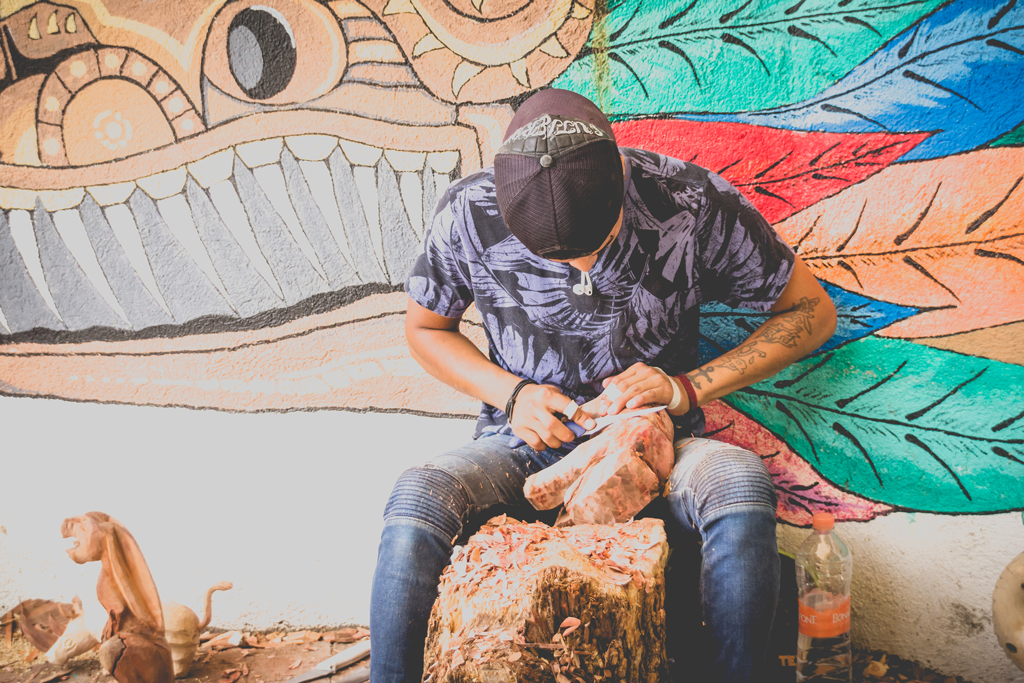
- The psychedelically painted wooden statuettes called alebrijes are found in stores all over the state, but the best places to learn about them are Arrazola and San Martín Tilcajete.
- For ceramics, visit San Bartolo Coyotepec, where a potter named Doña Rosa invented the technique for making barro negro (black clay pottery) in the 1950s, and San Antonino Castillo Velasco, where blind potter José García still works with barro rojo (red clay) without the use of his sight.
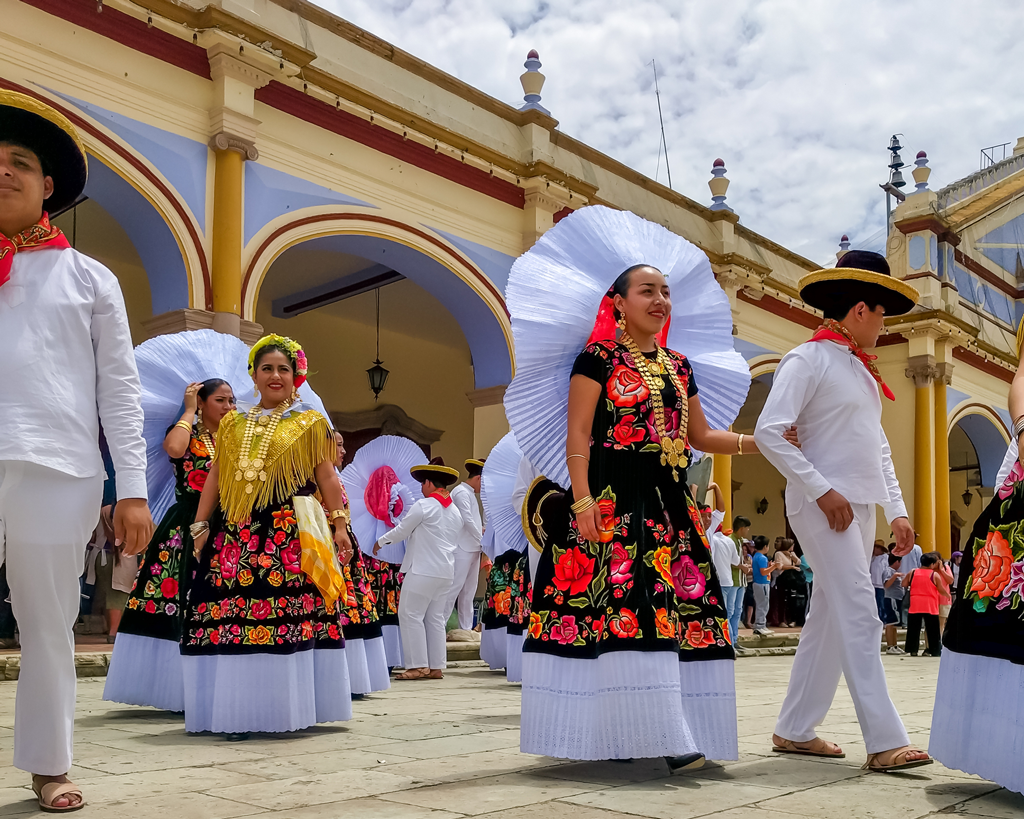
- San Antonino Castillo Velasco is also known for its unique style of huipil (embroidered blouse). Another great place to shop for huipiles made in this town is the Friday market in neighboring Ocotlán de Morelos. For belts and other embroidered items, head to Santo Tomás Jalieza.
- Meat lovers absolutely must make pilgrimages to Tlacolula and Zaachila for the barbacoa, barbecue slow-roasted in an earthen oven for up to eight hours. Sunday is a good day to visit Tlacolula, as you can also experience one of the oldest continuously running indigenous markets in the Americas, as well as enjoy the delicious goat and lamb barbacoa. Zaachila also has goat and lamb daily, but on Thursday, during the town’s día de plaza (market day), you can treat yourself to the local specialty: barbacoa en rollo (rolled beef barbacoa), which is roasted with avocado tree leaves to give it its distinct flavor.
Start planning your adventure.
By clicking ‘Sign Up,’ I acknowledge that I have read and agree to Hachette Book Group’s Privacy Policy and Terms of Use
What to read next:
Pin for Later
